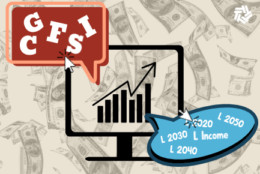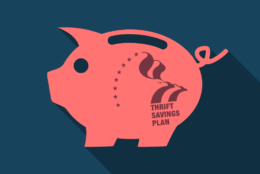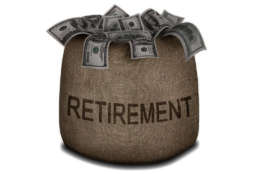TSP
-
Want to have a million dollars, at least, in your federal Thrift Savings Plan when you retire? Abraham Grungold, a financial adviser and current federal employee, can help you reach that goal.
April 06, 2021 -
It's a stretch to say Thrift Savings Plan participants are over the G fund, but the array of lifecycle options are picking up popularity for several reasons.
March 29, 2021 -
More Thrift Savings Plan investors than you think may not understand exactly what their retirement nest egg is invested in.
March 23, 2021 -
Planning for retirement is a process that doesn't have to be a painful if you avoid some common mistakes. It will pay off big to know what they are and avoid them.
March 17, 2021 -
Financial planner Arthur Stein says that many feds don’t understand that their TSP retirement nest egg is not really an investment.
March 09, 2021 -
Planning for retirement isn't rocket science, but in some ways it is more challenging because ultimately you'll be riding that rocket however long it takes.
March 03, 2021 -
When they retire, many federal and postal workers pull their retirement nest egg money out of the Thrift Savings Plan. But is that wise?
February 25, 2021 -
Because the Thrift Savings Plan's G fund never goes down, in other words it is “safe." But that also depends upon what you mean by “safe.” When is playing it "safe" actually risky?
February 24, 2021 -
Most savvy investors, whether they work on Wall Street or an IRS office in Austin, know a sure way to make money in the stock market is to buy low and sell high.
February 23, 2021 -
What do you think you would have done had your crystal ball been working a year ago? Better yet, what will you do the next time?
February 16, 2021 -
Most of the 75,420 (as of Dec. 30, 2020) feds with $1 million-plus Thrift Savings Plan accounts have three things in common. And you can join them.
February 10, 2021 -
This year’s new twist income tax nightmare comes courtesy of a global pandemic. Frustrated folks are dealing with outcomes of the CARES Act and how it impacts their 401k plan.
February 09, 2021 -
So what are you doing for the next 10-20-30 years? Equally important, if you are a fed, is what will your Thrift Savings Plan be doing during that time?
February 02, 2021 -
The Thrift Savings Plan had a banner year in 2020, all while participants withdrew nearly $3 billion from the plan due to the ongoing COVID-19 pandemic.
February 01, 2021 -
Many are looking to hit big with the lottery quickly. But for those who have Thrift Savings Plan accounts, some patience and good planning can pay off big.
January 26, 2021










